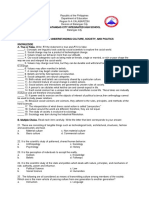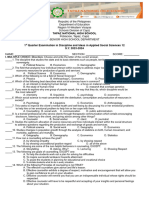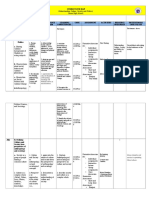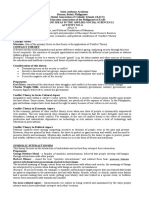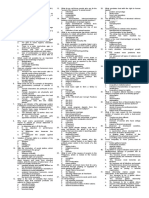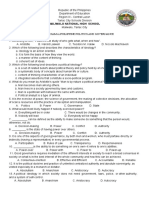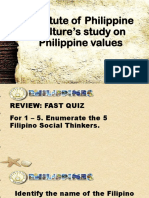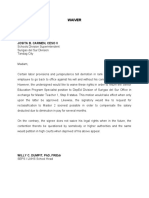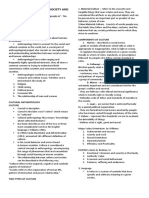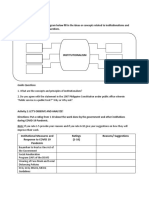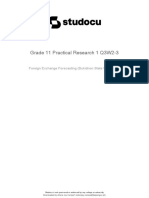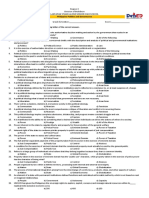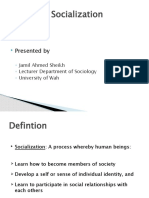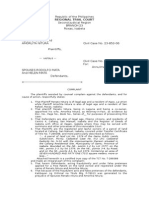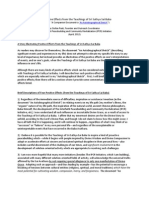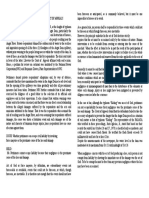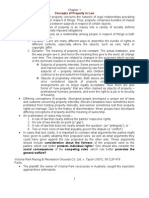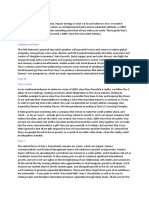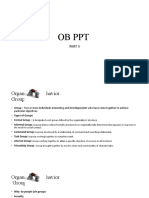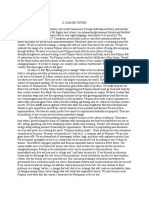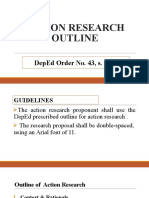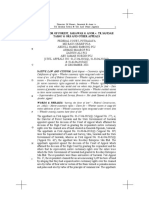0% found this document useful (0 votes)
367 views49 pagesSocial Institutions Overview
Social institutions are groups that perform social roles like universities, government, and families. They are purposive, relatively permanent, structured, and value-laden. The family is the smallest social institution that produces and rears children. It is the basic unit of Philippine society. Government resolves public conflicts and has three branches - executive, legislative, and judicial. Politics involves resolving human conflicts while administration refers to those currently in government. Core government functions that bind society are called constituent functions, like keeping order and punishing crimes.
Uploaded by
Minahil KazmiCopyright
© © All Rights Reserved
We take content rights seriously. If you suspect this is your content, claim it here.
Available Formats
Download as PDF, TXT or read online on Scribd
0% found this document useful (0 votes)
367 views49 pagesSocial Institutions Overview
Social institutions are groups that perform social roles like universities, government, and families. They are purposive, relatively permanent, structured, and value-laden. The family is the smallest social institution that produces and rears children. It is the basic unit of Philippine society. Government resolves public conflicts and has three branches - executive, legislative, and judicial. Politics involves resolving human conflicts while administration refers to those currently in government. Core government functions that bind society are called constituent functions, like keeping order and punishing crimes.
Uploaded by
Minahil KazmiCopyright
© © All Rights Reserved
We take content rights seriously. If you suspect this is your content, claim it here.
Available Formats
Download as PDF, TXT or read online on Scribd
/ 49



